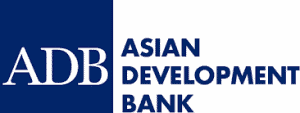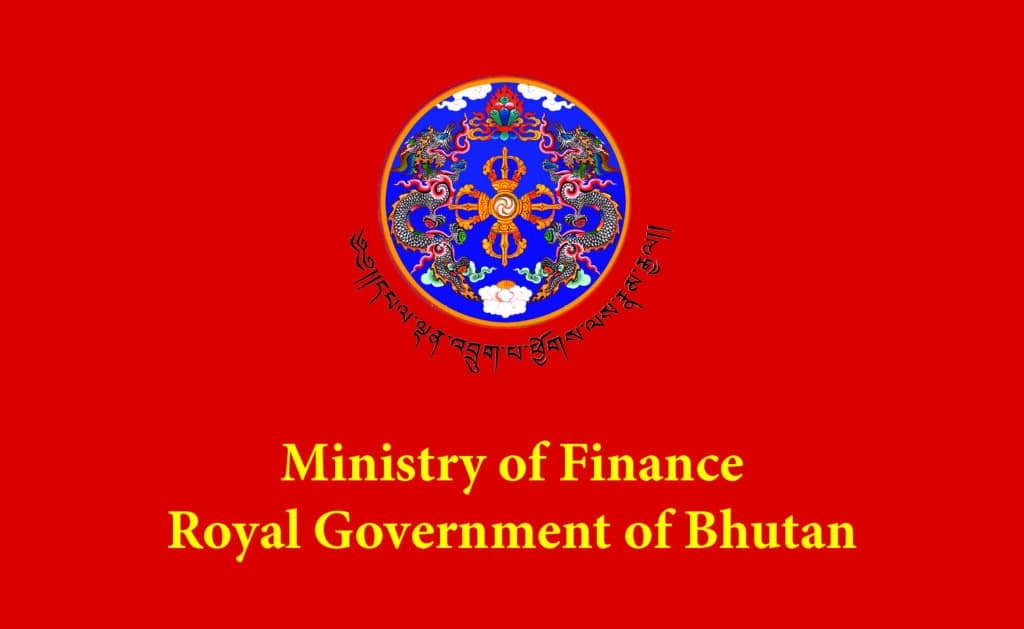The European union- funded support to rural livelihoods and climate change adaption in the Himalayas (Himalica) program, which has worked in five countries is being considered for Bhutan’s 12th Five Year Plan.
Himalica aims to enhance the capacity of national and regional stakeholders to deal with livelihood development and environmental protection in the Hindu Kush Himalaya (HKH) and to reduce poverty by increasing resilience and unlocking new livelihood opportunities. The International Center for Integrated Mountain Development (ICIMOD), together with national partners has developed and promoted mountain specific resilient solutions for HKH by combining economic, social and environmental dimensions of sustainable development.
Himalica in Bhutan has been implemented in collaboration with the Ministry of Agriculture and Forests (MoAF) in developing climate-resilient value chains for fresh vegetables and goat, reappraising the country’s approach to organic agriculture, assessing poverty and vulnerability, assessing ecosystems in Barshog gewog under Tsirang dzongkhag along multiple dimensions and promoting beekeeping and other enterprises.
The Himalica pilot project in country is being implemented in Barshog gewog. A gewog consists of five communities, Barshog Toed, Barshog Maed, Gangtokha, Chunyikhang and Toedsang comprising 249 households of a population of 2,383 people focused on import substitution along value chains, goat and vegetables (beans, cabbage, onion and ginger) which was selected through a consultative process. The Tsirang dzongkhags has a lower general literacy rate, lower mean annual household income and higher unemployment than the national average according to the GNH survey 2013.
Himalica promoted climate-resilient practices, community-based micro planning, and sustainable land management to empower more than 200 rural households. The project also arranged exposure trips on goat farming and vegetables production for farmers and held trainings on value chain analysis enterprise development, beekeeping management and spring water protection.
According to an end line impact assessment, the average income of beneficiary households increased by Nu 42,936 out of which vegetable farming accounted for Nu 14, 142.
So far, 45 member goat farmers’ groups were formed and had themselves registered at the district level. Identified farmers to be involved in goat and vegetables value chains in Barshog conducted a demonstration of sustainable land management practices and constructed bio-digesters in each community in the gewog, which are some of the key interventions made so far.
Under the Himalica initiative, the royal society for protection of nature (RSPN), with technical support from ICIMOD, carried out a study to understand the state and dynamics of ecosystems and their services in Barshog and their nexus with human wellbeing.
Multi-dimensional poverty and livelihood vulnerability assessment was conducted to understand and document various dimensions of poverty and livelihood vulnerability, which in turn is expected to provide clues about differences in the intensity and composition across six selected districts (Bumthang, Paro, Samdrup Jongkhar, Samtse, Trashiyangtse and Tsirang). This information will also be useful to decision makers to identity intervention areas and guide measures to reduce vulnerability. The project is also promoting beekeeping and honey value chain analysis. Because honeybees improve agricultural productivity, Himalica supported integrating beekeeping as a livelihood diversification option in Tsirang, where nearly one-fifth of households keep native bees in traditional hives.
After assessing the feasibility and potential for beekeeping development in the area, Himalica identified enterprising youth and farmers including women, who were interested in taking up beekeeping. Training and exposure plus learning visits were arranged to encourage improved beekeeping management.
Pema Seldon from Thimphu













